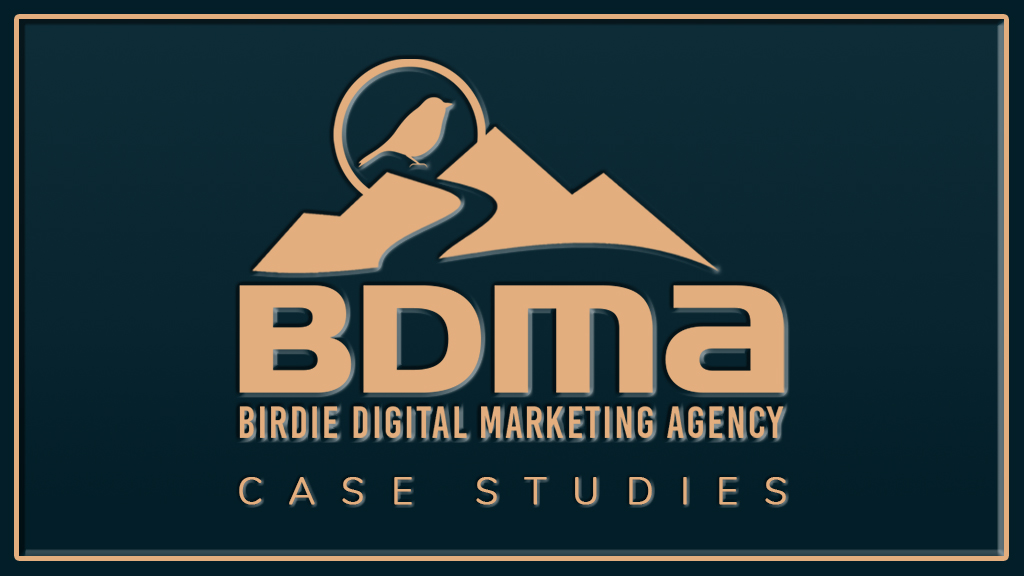On Page SEO refers to the (Search Engine Optimization) of site Pages or Posts in order to better rank content and increase traffic. Some of the top On Page SEO factors involve keyword optimization, meta data customization, and Tech SEO which relates to site performance, site hierarchy and permalink structures.
We like to break it up into 2 types of On Page SEO totaling 8 different fundamentals within which exist many more factors which we go into more detail on later in this article.
The 4 On Page SEO Fundamentals are:
On Page SEO
On Page SEO
• Keyword Optimization
• Natural Language or (NLP)
• Target Optimization
• Meta Data
The 4 On Page Tech SEO Fundamentals are:
On Page Tech SEO
• Internal Anchors
• Schema Markup
• Permalink Structures
• Site Performance
In our next segment we will more granularly break down these fundamentals. In fact, Google has over 250 + ranking signals that they look at; so, it’s obvious within our 8 factors exists many more. Some factors are beyond your control. Factors like Domain Age as an example. However, manipulating the Search Engine Return Page (SERP) is within our control.
On Page SEO
Keywords
The first and easiest to understand SEO on page factor has to do with keywords. Think about a college easy. From the title tags to the written content you want everything to flow and make sense by using topic related keywords. Well a web site is exactly the same. You want a comprehensive easy to understand web site just like you would that college essay.
The use of title tags become important here as well. Your main topic is title tag (H1). You also have h2 through 6 to work with but we warn against putting much effort into h4 through 6 because Google does not consider those tags; they only focus on the first 3 tags.
Keep It Natural
Long ago Google noticed a disturbing trend on the net and took action against it. This trend however proved difficult to get rid of and still to this day rears its ugly head. We’re talking about spam here. If keywords are important then a next good question is about keyword counts; right? If keywords are a factor then more is better right? Wrong. The answer here is there is no certain count needed. Get the message across using language appropriately. KEEP IT NATURAL and Logical. That should be your #1 SEO guide always, the question is what I’m doing natural and logical? If the answer is yes then your good! Google even has NLP (Natural Language Processing) algorithm for this very concern.
About NLP From Google
Our work spans the range of traditional NLP tasks, with general-purpose syntax and semantic algorithms underpinning more specialized systems. We are particularly interested in algorithms that scale well and can be run efficiently in a highly distributed environment.
Our syntactic systems predict part-of-speech tags for each word in a given sentence, as well as morphological features such as gender and number. They also label relationships between words, such as subject, object, modification, and others. We focus on efficient algorithms that leverage large amounts of unlabeled data, and recently have incorporated neural net technology.
Target Audience
Along with keeping it natural you also want to get specific as it relates to what a certain target audience will like. Things like color pallet, layout, and typography style are but a few factors that need to appeal to your target. The reason aside from seeing more conversions has to do with user engagement.
A user that enjoys a site will stay on that site. It’s pretty straight forward. However, it’s the engagement and interaction generated that Google likes to see.
Meta Data
As SEO’s we have great control over what Google will show in the SERP return. Google can indeed trump us however and choose whatever they want to choose related to brand presentation in the return page. However, by assuring you rewrite your meta with better customization including keywords, better exurbs, and alt tags, you increase your chances of presenting the way you want to present in the return page.
NOTE: Image Alt tags used to be a part of SEO. In recent years a debate has raged about whether or not Google still uses image tag meta in ranking signals. We don’t care we still use them just in case!
On Page TECH SEO
Anchor Text
Often over looked this factor is the glue that holds it all together. You would think SEO’s pay more attention to such a factor but we see many sites with very poor internal anchor systems which create what we call Link Maps. These are the highways in your web site that the bots take in order to crawl and consume your content for understanding and therefore ranking.
Also known as site hierarchy, you want to help the bots to understand your content by essentially naming those highways. For instance if you get on the road and the sign says to Florida, then you better land in Florida right? The same is true as it related to what the BOTs expect to see if said anchor text says what it says. However, here to revert back to Factor 1 in keywords. You do not want to spam this. Keep it natural, logical and use semantics, or blended anchors. There are many other tricks related to anchors involving geo locations, but that’s for a more advanced article.
JSON Schema Markup
The best SEO’s know the power of JSON Schema Mark Up. Many others fail to learn it because of the coding that is involved. We discovered the power of schema long ago and therefore are very comfortable strategically implementing schema. What is Schema? What are the results?
Schema is a code or form of markup that helps search engine BOTs to better understand a brand, page or post. There are many types for many cases. For instance the all powerful how to article should have the How To Type Schema Markup and in this the result is that you hopefully get what we call a position zero. This is the very 1st organic result that comes before you even scroll to Google’s Local Pack and is currently the most powerful SEO result one can get. Please see our more detailed post about Schema Markup.
Permalink Structures
Another often overlooked factor has to do with permalink structures. Permalinks are your sites URL’s. A permalink is meant to be, you guessed it, permanent. However, you can change them but up to only 3 times as Google stops following 301 redirect chains after 3 hops.
One of the #1 mistakes we see has to do with the failure to buffer your primary target page with either a predefined term like /articles/ or instead using the parent category to create the proper hierarchy like this /services/plumbing-service/. It especially happens with the post section. Here if you fail to create a proper buffer between your TLD (Top Level Domain) and the end article extension, you drain your root authority. These considerations are known as Click Depths and with site pages should be no more than 2, while your article section can be as many as 3.
Proper URL Structure:
https://birdiedigitalmarketingagency.com/search-engine-optimization/what-is-on-page-seo/
Improper URL Structure:
https://birdiedigitalmarketingagency.com/what-is-on-page-seo/
Web Site Performance
Let us count the ways in which we mean this. Everything from site speed to site adaptability and everything in-between, it must preform properly and fast!
A properly function site as it relates to performance is about it’s responsivity and adaptability. Responsiveness refers to the need for the site to realign and size it self to the many view port sizes. It’s adaptability has to do with knowing when to show a site element or not and this can be based on view port size but can also be based on band width detection. If a low bandwidth is detected then perhaps an image is shown rather than a video. We highly recommend a Content Delivery Network as it will make a vast difference.
What does all this have to do with SEO. First off Google has made it a direct factor. Secondly it means users will further engage your site which to Google looks very good, and finally you will simply see more conversions and in that work up a bigger SEO budget! 🙂
Have a look at our latest infographic about On Page SEO





